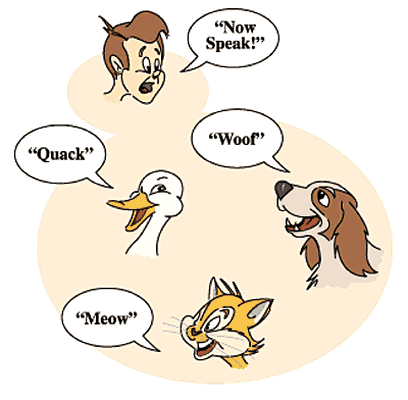The answers you've gotten are good, and explain what polymorphism is. I think it can also help to understand some of the reasons it is useful.
In some languages that lack polymorphism you find yourself in situations where you want to perform what is conceptually the same operation on different types of objects, in cases where that operation has to be implemented differently for each type. For instance, in a python-like syntax:
def dosomething(thing):
if type(thing)==suchandsuch:
#do some stuff
elif type(thing)==somesuch:
#do some other stuff
elif type(thing)==nonesuch:
#yet more stuff
There are some problems with this. The biggest is that it causes very tight coupling and a lot of repetition. You are likely to have this same set of tests in a lot of places in your code. What happens if you add a new type that has to support this operation? You have to go find every place you have this sort of conditional and add a new branch. And of course you have to have access to all the source code involved to be able to make those changes. On top of that conditional logic like this is wordy, and hard to understand in real cases.
It's nicer to be able to just write:
thing.dosomething()
On top of being a lot shorter this leads to much looser coupling. This example/explanation is geared to traditional OO languages like Python. The details are a bit different in, say, functional languages. But a lot of the general utility of polymorphism remains the same.
